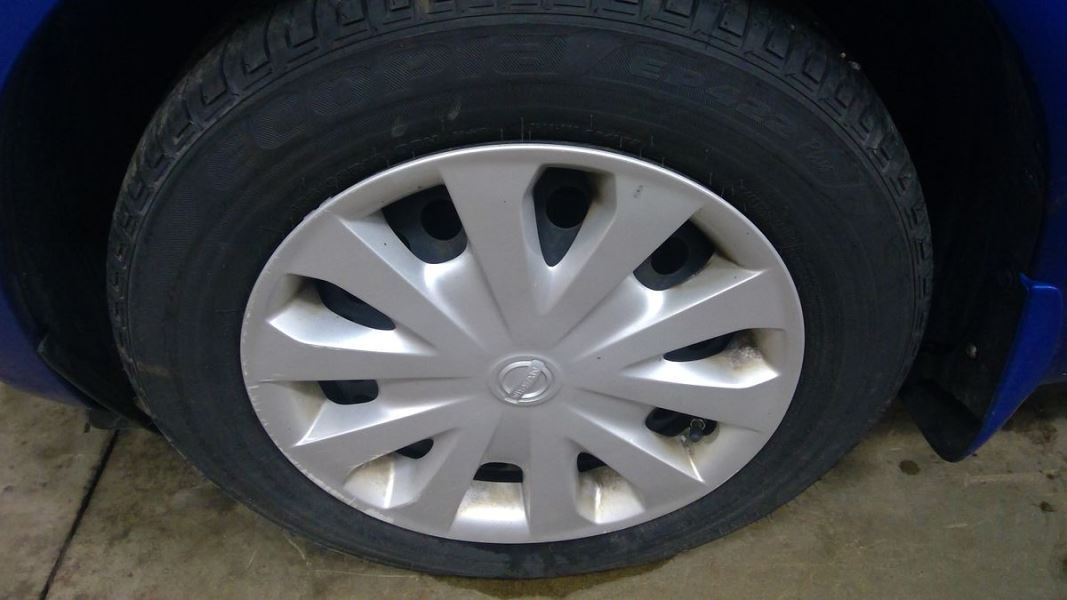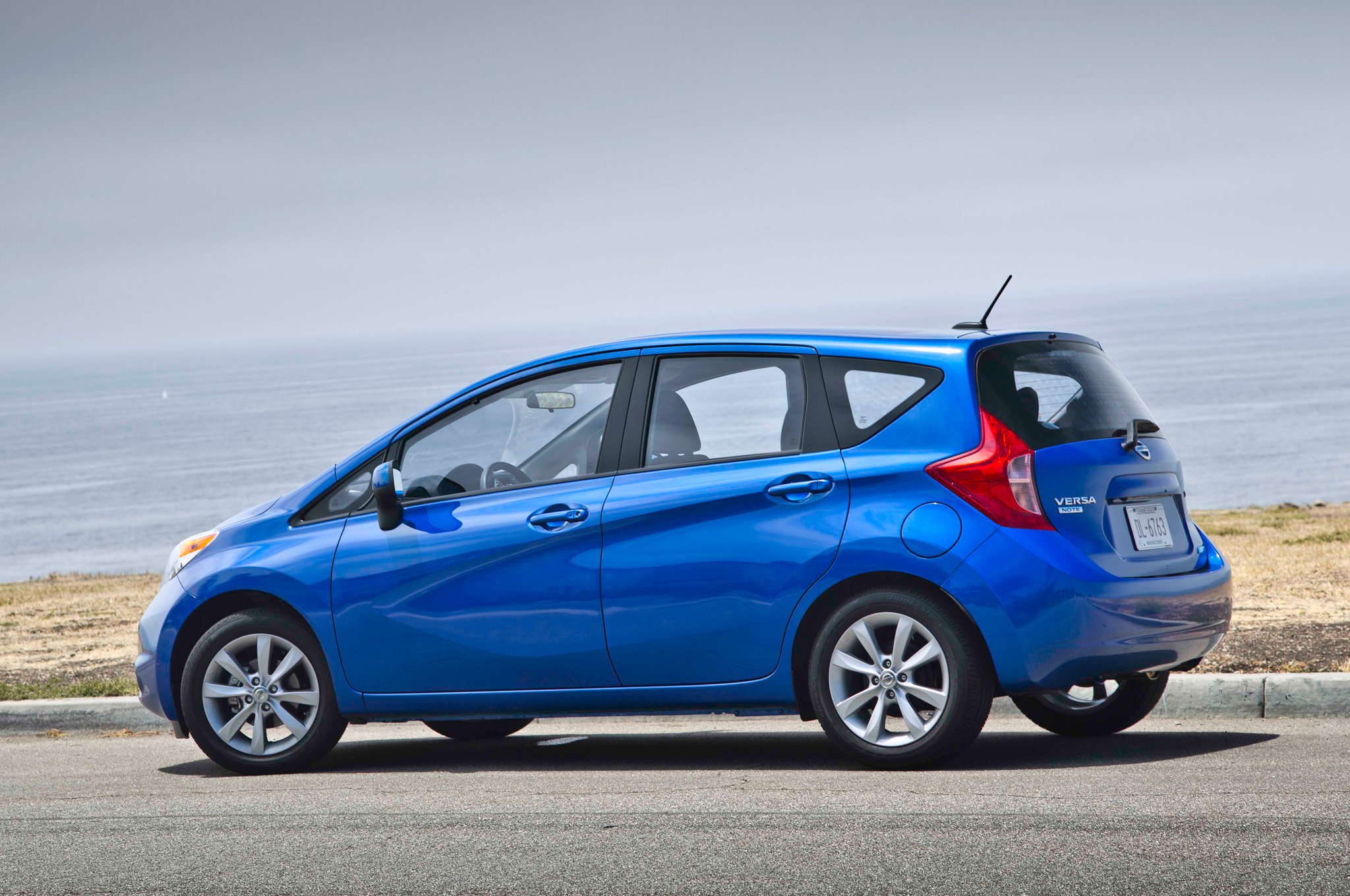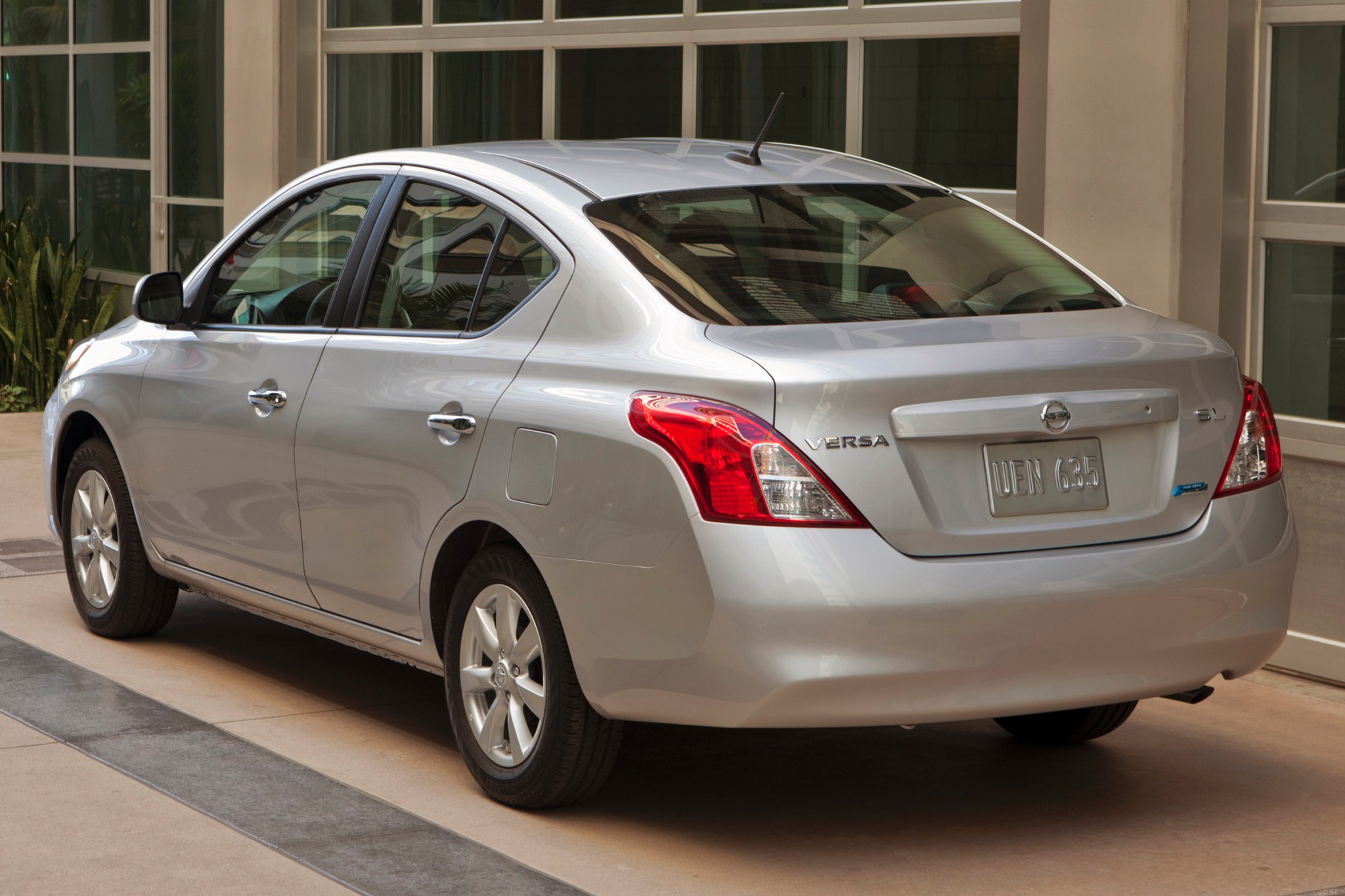
Such corrosion increases the resistance on the wires, thus, delaying or preventing communication between the module and the wheel speed sensor. The most common problem with the ABS is the formation of corrosion on its module. The rest of the article looks at the various issues that could cause the lighting of the ABS light, as well as the measures to take, should you find yourself in such a situation. The ABS light could turn on to point to an issue with itself or any other component in your car that could affect the optimal performance of your vehicle. This is because the ABS light is designed to alert you of any problems with your system, allowing you to correct any fault, therefore, averting any looming danger during driving. In case the bulb is not functioning, you will have no way to tell when there is an issue with the ABS. This is an essential feature as it should alert the driver should there be an issue with the bulb. The first instance is when it turns on during car ignition to test the normal functioning of the bulb connected to it.

The ABS light could turn on for several reasons. It signals that there is a problem with your ABS, and it might not engage properly should the need arise. Therefore, if the ABS light comes on as you drive, treat it as a red flag and make time to inspect your vehicle. They should, however, turn off after a few minutes and should not go back on, unless they are alerting the driver about an issue with the system. This is perfectly normal, and it means that the light bulbs are functioning as they should.




 0 kommentar(er)
0 kommentar(er)
